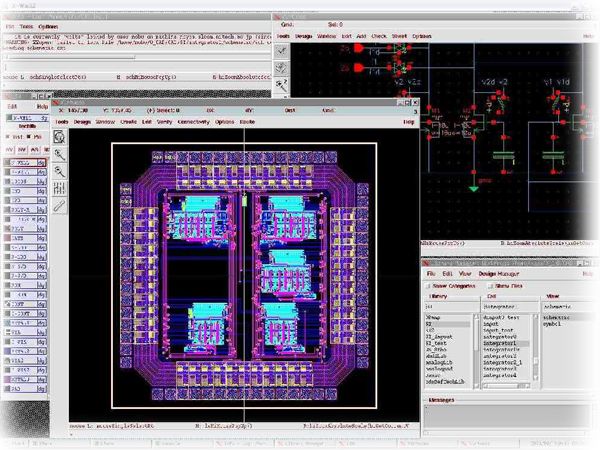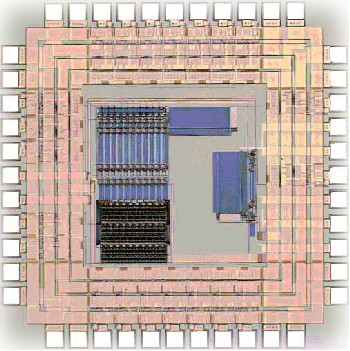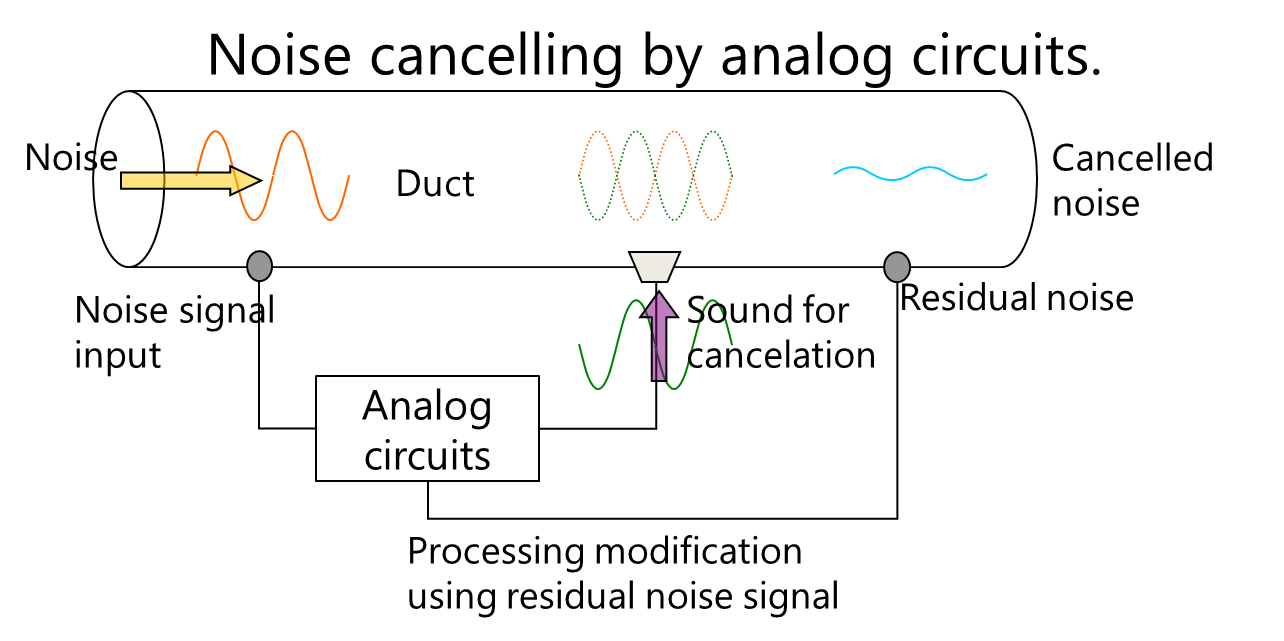

| At present, electric circuits inside electronic devices and electric instruments become integrated circuits (IC) made by silicon semiconductor chips. By this way, cost and size reduction, and speeding up of data processing of devices and instruments are realized. Personal computers have been gotton the most remarkable benefit of the integration as seen in speeding up and spread of the PC in a past decade. The IC can be classified into two categories, i.e. analog circuits and digital circuits. Analog means that signal changes time-wise and space-wise continuously, and digital means that signal changes discretely. Basically, digital circuits control binary signal of zero and unity, and a feature of digital circuits is possible to operate complicated data processing. |

|
|
|

|
However, signals existing in the natural world are analog signals. Since our human being can sense only the analog signals, we need analog circuits in order to sense the signal before and after digital data processing. For operating of high frequency and high power signal, analog circuits are also required. Concrete examples for analog circuits are analog to digital (A/D) (and D/A converter) converters, signal amplifiers and power source circuits and so on. |
|
|
| Our laboratory designs and simulates analog integrated circuits, which are difficult to design compared with digital circuits. We designs electronic circuits by commercial CAD softwares and then operation of the designed circuits are confirmed by a circuit simulator. Then the circuit design drawing is submitted to VLSI Design and Education Center (VDEC) in University of Tokyo, which pass it to semiconductor manufacturer for fabricating a trial circuit. After the fabrication, we test operation of the trial circuit. |

|
|
|

|
Recently, we faricated an adaptive filer only by analog circuits for active noise control, which is a noise cancellation technique. We experimentally confirmed that our original analog circuit effectively cancels noise. For realization of this technique, we need to improve cancellation efficiency. We will try our original circuits which have unique and useful functions. |
|
|